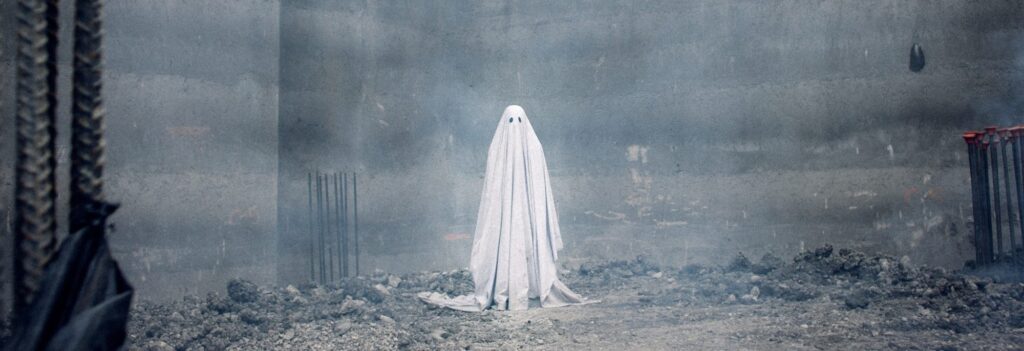
A Ghost Story is beautiful, poignant, and a real breath of fresh air in the world of Hollywood cinema. A Ghost Story is also pretentious, disgusting, derivative, and worst of all, impressively boring. My journey with this film dates back to over a month ago when I finally tracked down a copy. I was overjoyed that I would finally get to see Rooney Mara and Casey Affleck in what critics were calling a “Tarkovsky-esque” art house film. I’ll admit, I was just a little tired when I sat down to watch it the first time. Within 3 or 4 minutes, I fell asleep. I woke up shortly after that, rewound the film, and continued watching. I repeated this process about four times until I finally decided it would be better if I called it a night.
That was about 4:00pm, at home, on a day when I hadn’t done anything physically or mentally strenuous. I got up to get ready to at the very least sleep for just a few hours so I could finish A Ghost Story. Within minutes of coming to this conclusion, I was wide awake.
I resumed the film at the ten minute mark. Within five minutes, I was nodding off again, so I decided to switch movies. I sat through all of Lars Von Trier’s Antichrist, wide awake. Immediately following this, I fell asleep for the evening.
The next day, I had no desire to pick A Ghost Story back up. I tried once, about a week ago, and just fell asleep for the evening. This got me thinking. Was I coincidentally watching this movie at times when I happened to be tired, or was this movie as bad as watching paint dry? The answer is both.
It’s going to be very difficult to talk about A Ghost Story without talking about my relationship with Andrei Tarkovsky. Tarkovsky was a filmmaker who was primarily active from the ’60s to the ’80s. He’s responsible for films like Stalker, Ivan’s Childhood, Andrei Rublev, The Mirror, Nostalghia, and, most famously, Solaris. If you’ve never attempted a deep dive into Russian cinema, only one of those films should look familiar to you: Solaris.
Unfortunately, the reason Solaris is one of his most famous films is solely because it was remade in America back in 2002 under the same name, with George Clooney and Natascha McElhone, directed by Steven Soderbergh. As with most American remakes, it not only falls short, but seems to miss the point of the original entirely, and turned into a very typical Hollywood Sci-fi love story. It also contains plenty of Natascha McElhone side-boob, which didn’t exactly hurt it at the box office.
The other reason Solaris is notorious has to do with the fans of Soderbergh’s version who decided they’d like to see the 1972 version because some film buff friend of theirs said it was way better. Like most people, I saw the remake first. I had always heard the original was a masterpiece, so I watched it for myself. I really did enjoy the film immensely, but I had major issues with the pacing. The entire movie was gorgeous, but it was also just under three hours long, with one and a half hours of actual storytelling. You see, Tarkovsky was in love with himself. If he framed a shot that he felt was impressive enough to merit this, he would linger on it for minutes at a time. One of the most notorious instances of this occurs in the middle of Solaris, when the main character drives through a city. This driving scene is essentially an intermission, and lasts a full five minutes. It rarely cuts, and is very difficult to sit through. A few minutes in, it becomes very clear that this is some form of cinematic masturbation. Nobody approached Tarkovsky and said, “You know that driving scene? You need another 4:30 of that. It was that great.”
A Ghost Story has this same problem, except someone very likely approached David Lowery and said, “Hey, you know that scene where Rooney Mara eats a huge pie and then throws it up? That was great. It should be five minutes long. You know, like Tarkovsky.” Yes, that actually happens.
For context, here is a shot that Tarkovsky decided to linger on in 1979’s Stalker:

That’s a pretty cool shot. There’s dialog over it, so it’s not completely disengaging to the audience. Also, take careful note of the girl’s facial expression. That was mine throughout the run-time of A Ghost Story.
Here is a shot A Ghost Story decided to linger on:
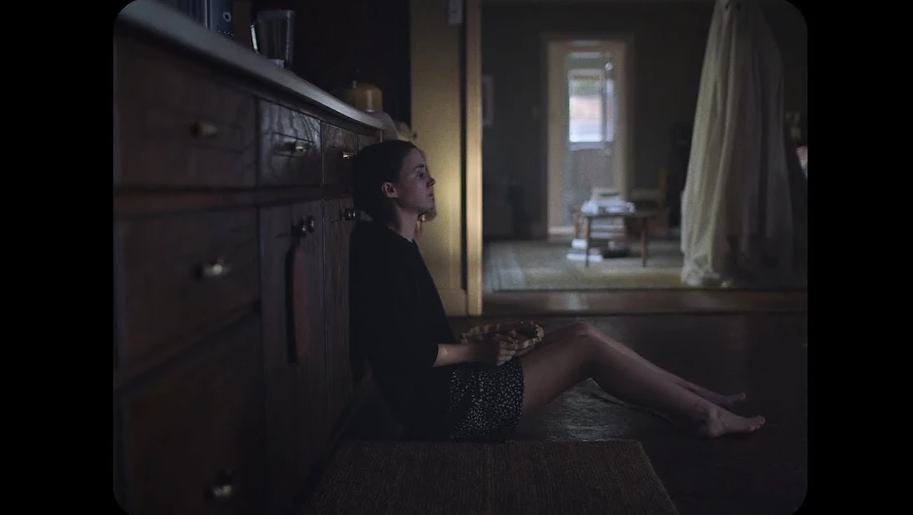
It’s kind of a cool shot. Or at least it would be, if it wasn’t Rooney Mara nauseatingly consuming a chocolate pie until she throws it up. I can look at the above shot from Stalker for quite a while, but It’ll get boring pretty quickly, no matter how great that scene is. The above scene from A Ghost Story, on the other hand, was enough to make me want to stop watching and never see it again.
Let’s play Tarkovsky vs. Lowery a few more times.
Tarkovsky’s The Mirror:
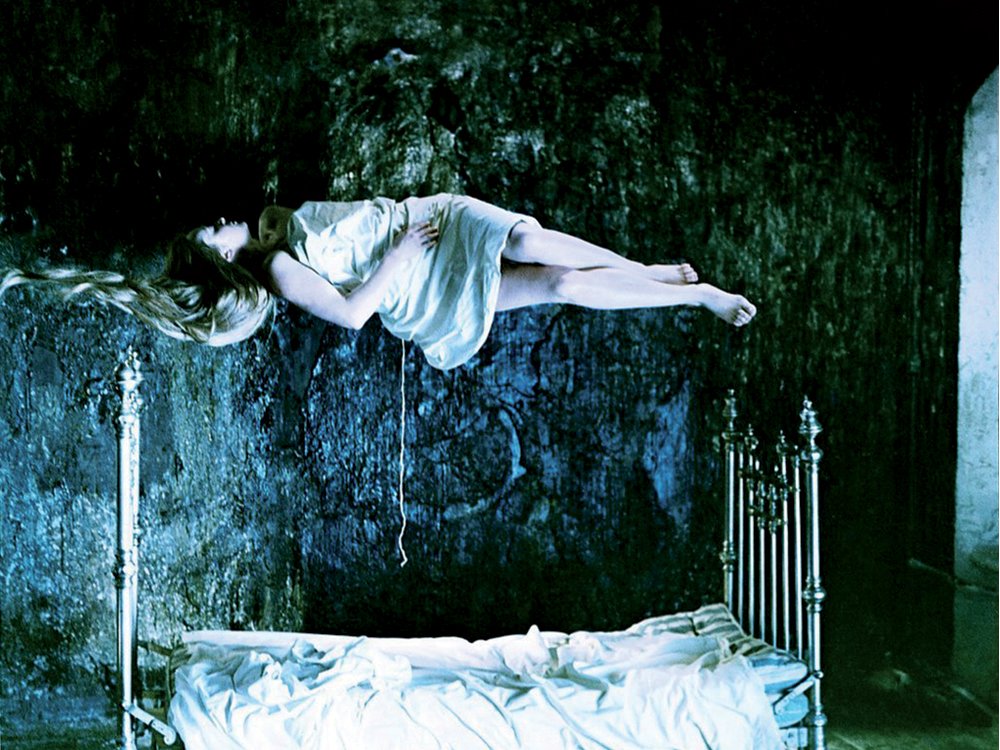
Lowery’s A Ghost Story:

Nice try Lowery. Start taking this seriously.
Another image from Stalker:
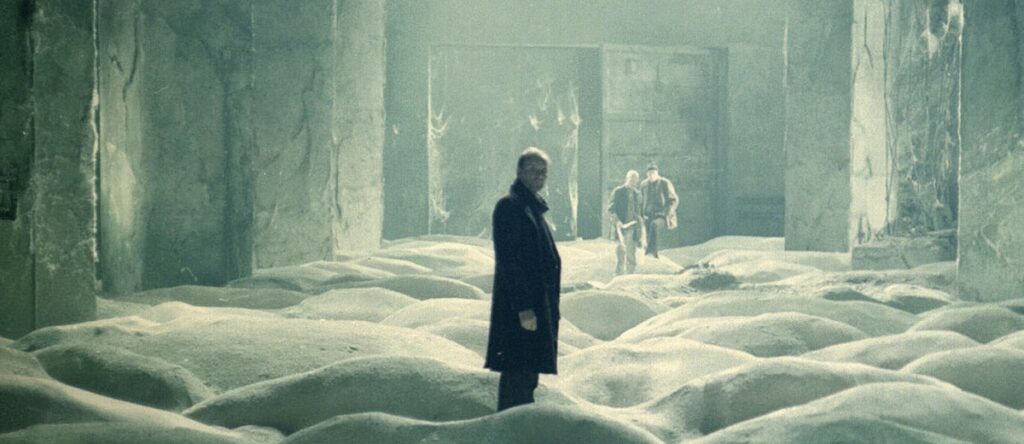
Stunning.
Lowery?
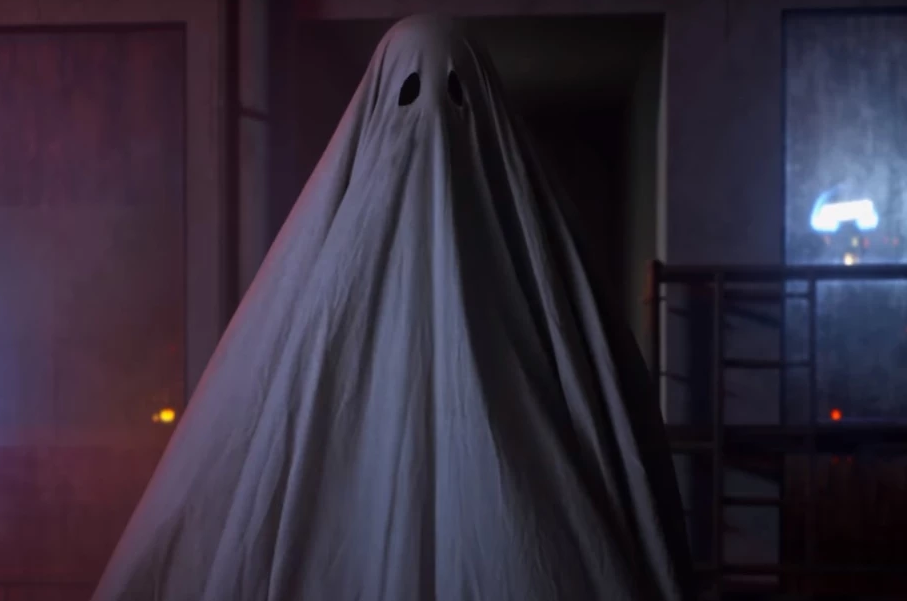
That’s almost the same picture as before…
Solaris:
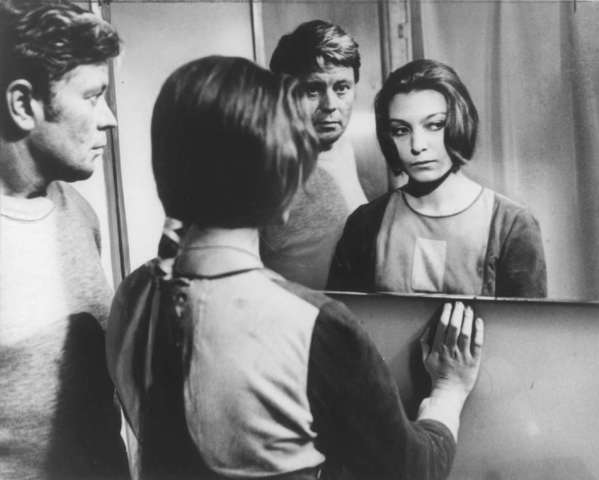
Great use of mirrors.
Lowery?
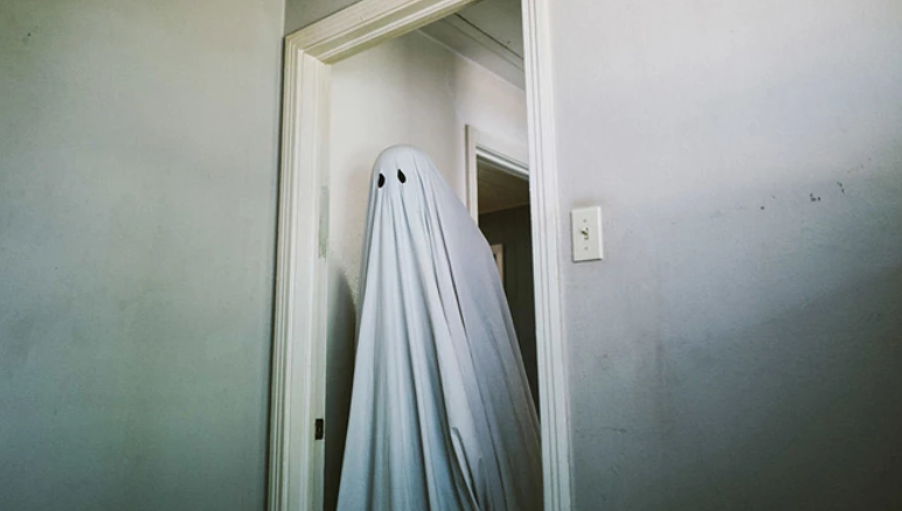
I didn’t need to see that same shot again, but okay.
Solaris?
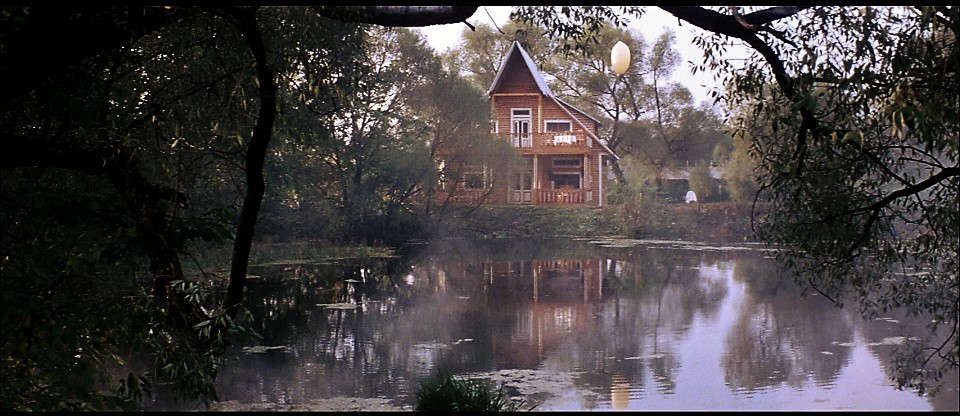
Gorgeous!
Lowery?

Stop it….this is just the same shot, with a little Rooney Mara in it.
Ivan’s Childhood, we haven’t heard from you yet.
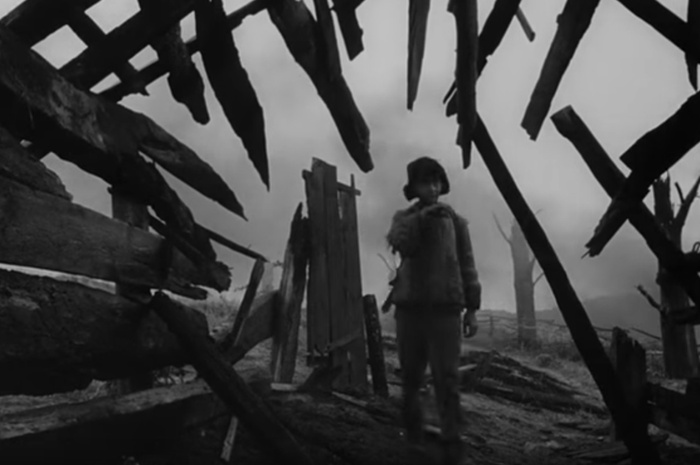
Fantastic!
Lowery?

This one looks familiar….
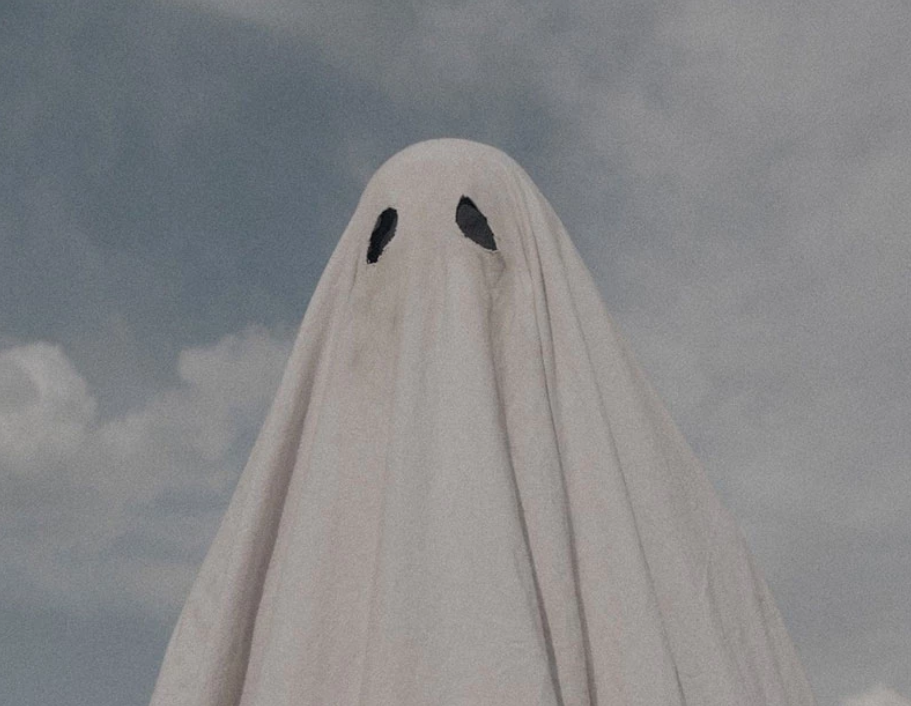
I really hope you like the above shot, because this is 80% of the movie. Lowery must really love the concept of a sheet ghost, and I mean REALLY love.
So I’ve established that Tarkovsky is better at framing a shot worthy of a long take, and that A Ghost Story gets visually repetitive. Still, to this day, I have not seen all the major works of Tarkovsky. I respect his work, his cinematography is often breathtaking….but his pacing is god-awful 100% of the time, and his films are always very long.
A Ghost Story was more difficult to sit through than two Tarkovsky films. Lowery must have found some magic formula to make the longest 90-minute film ever made.
By now, you must think I despise this film. Ironically, that’s not true at all. While I did have to periodically check my phone so as not to go insane from the sheer boredom, the plot of A Ghost Story was actually really intriguing. The acting is great. I love when a film tries to communicate non-verbally. Hollywood has long since forgotten the rule of “show, don’t tell.” What the film has to say about death is interesting.
In summary, A Ghost Story is not a bad movie. It’s a good one that’s insufferable to watch, much like every great Russian film ever made. For this reason, I cannot apply a rating of any kind. Go see it if you can. Take the necessary precautions, like heavily caffeinated soda or coffee. I can without a doubt say that it’s worth a watch so long as you know what you’re getting into. Yes, it’s pretentious, and many of the long takes made me roll my eyes, but that’s largely due to the fact that I’m far more familiar with this film’s influences than general audiences.
?/10